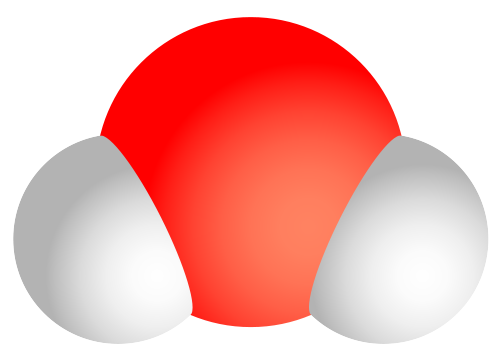

The theme of the program ended up being that “science” stories get repeated endlessly and that no one ever goes back and checks the underlying information. The program ( ) was about giant jellyfish, but there were two references to “climate change” (or was it “global warming”?) that were never taken up again. Gary’s comment reminds me of my recent CBC listening.
#PDFINFO WATER CHEMISTRY WINDOWS#
Maybe these future cold predictions helps explain why a CBC show I watched last night called ‘Doc Zone’, with the episode title “Life Below Zero”, In the Windows Media Center guide write up said, “How Canadians could be affected by global warming.”, yet when I watched it, there was no mention of global warming or climate change in any way, shape or form (which would have made me sad, but instead the show ended up inspiring me 🙂 ). Supplement to International Journal of Biometeorology, 24 (December, Mount Februat 6:31 am Climate change impacts on the growing season of the North American Corn Belt. Solheim and his co-authors note “As seen in figures 6 and 7, the Norwegian and Europe60 average temperatures have already started to decline towards the predicted SC24 values”. The current cold conditions in Europe resulted in more than 300 souls departing this mortal coil, and has discomforted some millions. I expect Canadian agriculture will be reduced to trapping beavers, as in the 17 th Century. The outlook for Canadian agriculture is somewhat more dire. With the temperature falling 5.2☌, the Corn Belt will shift 750 km south to the Sun Belt, as shown following: Newman in 1980 found that the Corn Belt shifted 144 km per 1.0☌ change in temperature. The solar cycle length – temperature relationship for some localities in the northeast US is 0.7☌ degrees per year, which is a good proxy for the latitude of the US – Canadian border and thus the North American grain belt.

The biggest effect will on some of the World’s most productive agricultural lands. The agricultural output of Svalbard and the rest of the island of Spitsbergen won’t be affected though, because there isn’t any. That means that it is headed for a total temperature fall of 8.2☌. Crop failures caused by cold killed off 10% of the populations of France, Norway and Sweden, 20% of the population of Estonia and one third of the population of Finland.Īs noted above, Svalbard’s relationship is 1.09☌ per year of solar cycle length. The last time we witnessed temperatures anything like that was in the decade 1690 – 1700. That is graphically indicated thusly, using Figure 19 from the Solheim et al paper: Using the relationship found by Solheim and his co-authors, that means that the 0.63☌ decline for the Northern Hemisphere over Solar Cycle 24 will be followed by a further 0.95☌ over Solar Cycle 25. The green corona emissions point to Solar Cycle 24 being 17 years long, and thus 4.5 years longer than Solar Cycle 23. Using Altrock’s green corona emissions diagram, we can go beyond that to about 2040: Professor Solheim and his co-authors have done that for Solar Cycle 24 which takes us out to 2026. What we use solarclimatology for is to predict future climate. It is similar to Svensmark’s cosmoclimatology but much more readily quantifiable. On page 6 they state.” Archibald (2008) was the first to realize that the length of the previous sunspot cycle (PSCL) has a predictive power for the temperature in the next sunspot cycle, if the raw (unsmoothed) value for the SCL is used.” I have decided to name this new branch of science “solarclimatology”. The authors also credit me with the discovery of a new branch of science.
#PDFINFO WATER CHEMISTRY SERIES#
The biggest response found in the temperature series they examined was Svalbard at 1.09☌ per year of solar cycle length. The authors have found that Northern Hemisphere temperature changes by 0.21☌ per year of solar cycle length.

Three wise Norwegians – Jan-Erik Solheim, Kjell Stordahl and Ole Humlum – have just published a paper entitled “The long sunspot cycle 23 predicts a significant temperature decrease in cycle 24”.


 0 kommentar(er)
0 kommentar(er)
